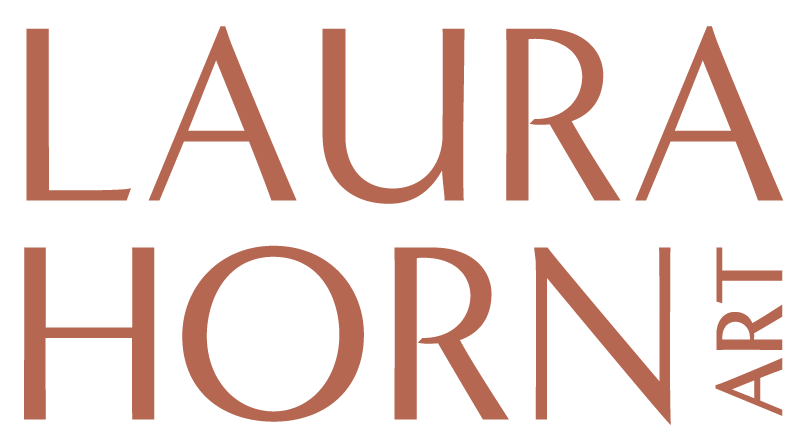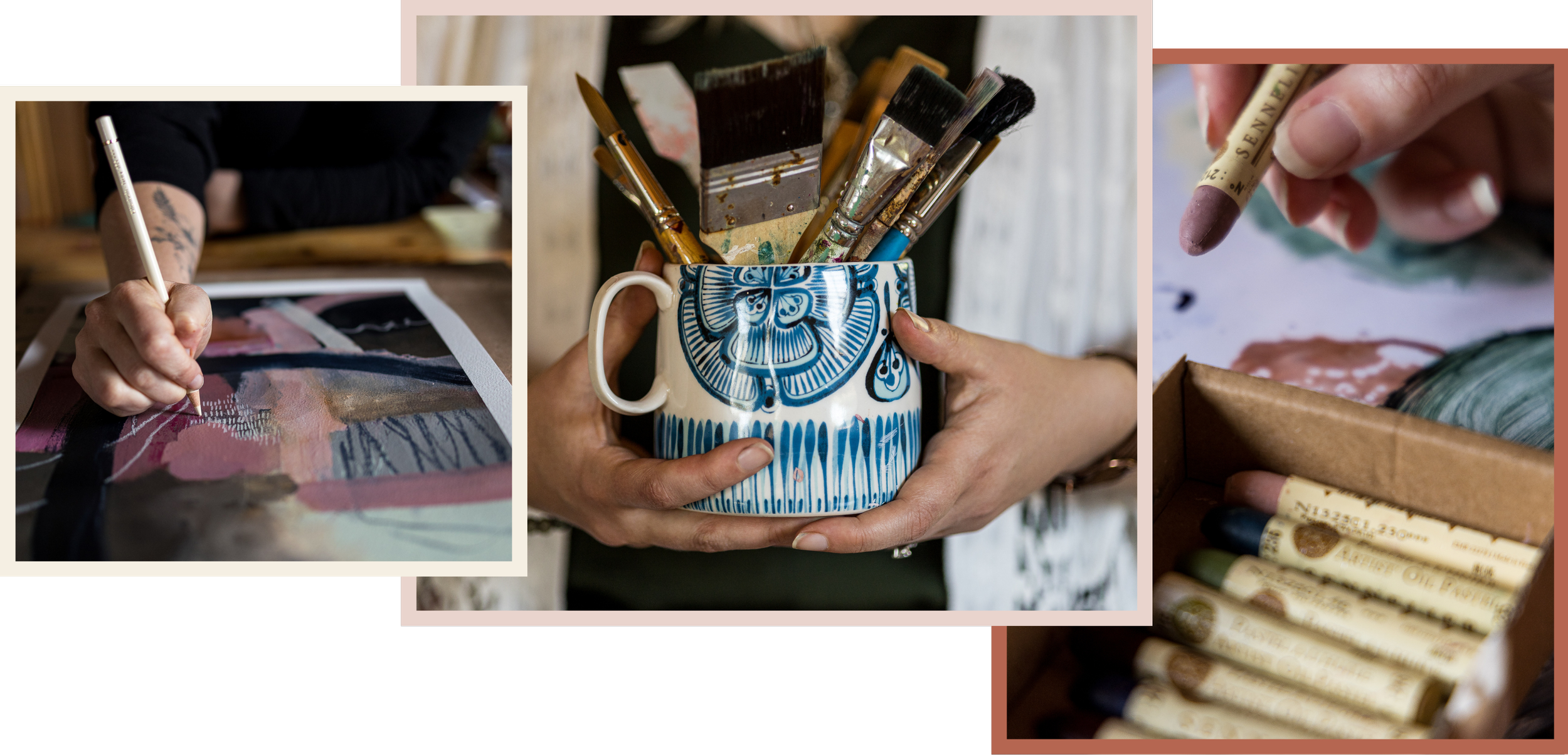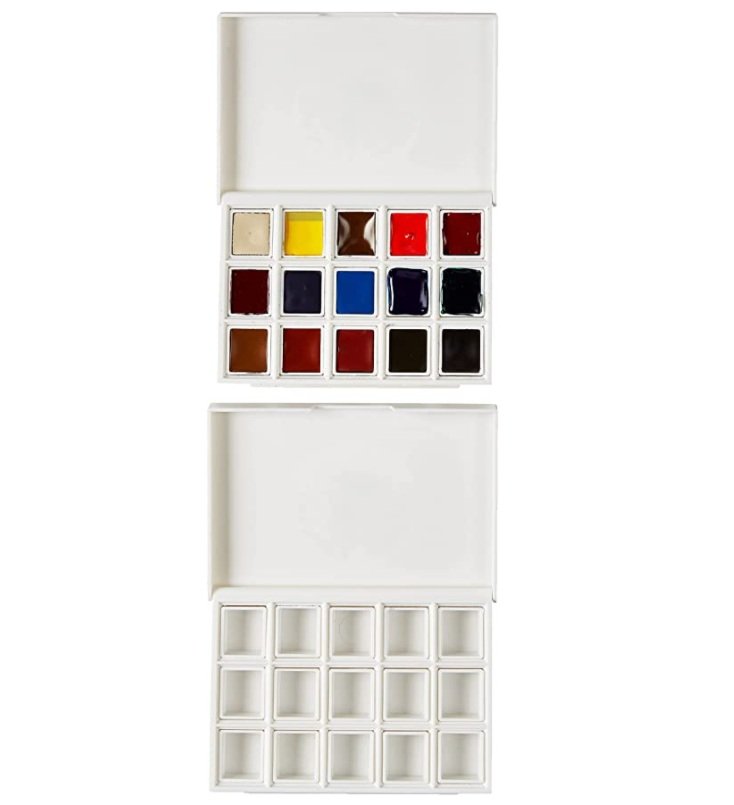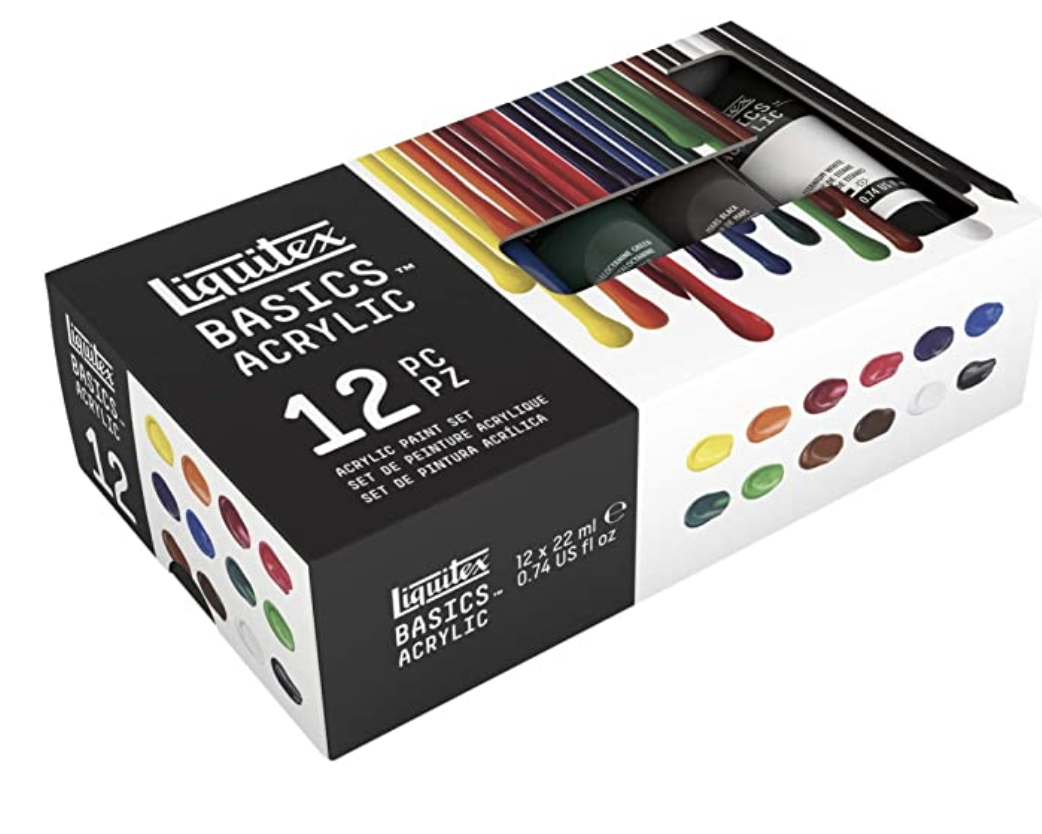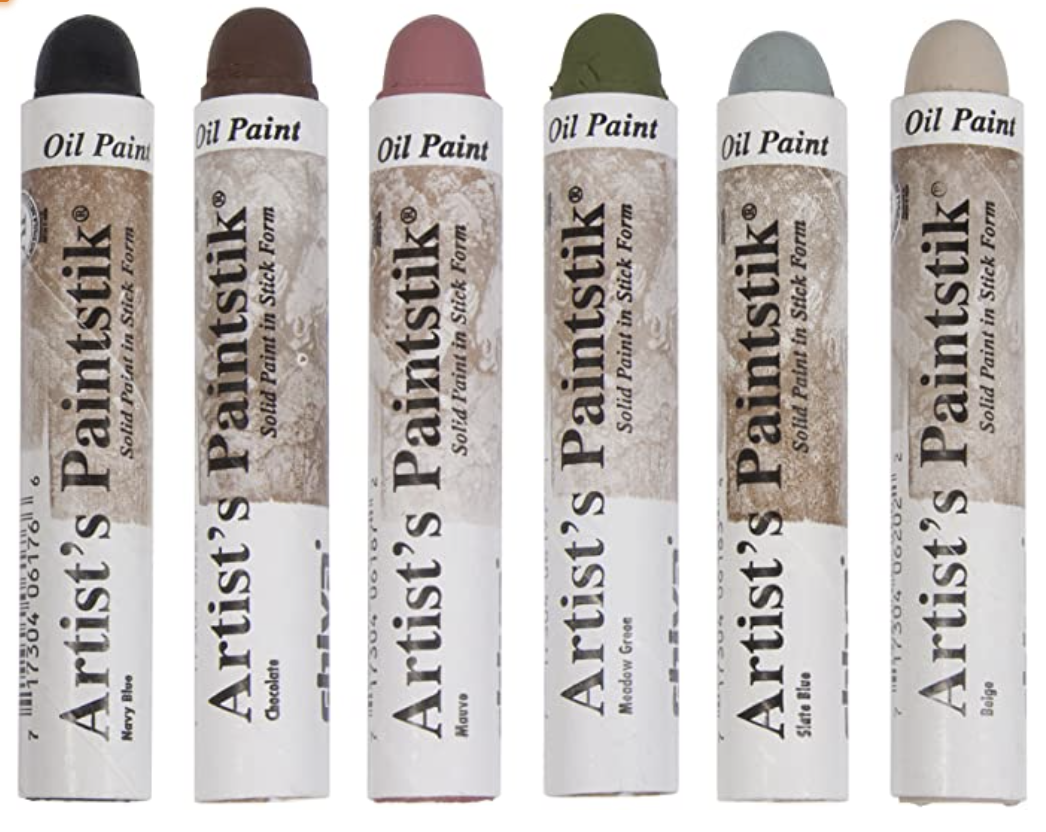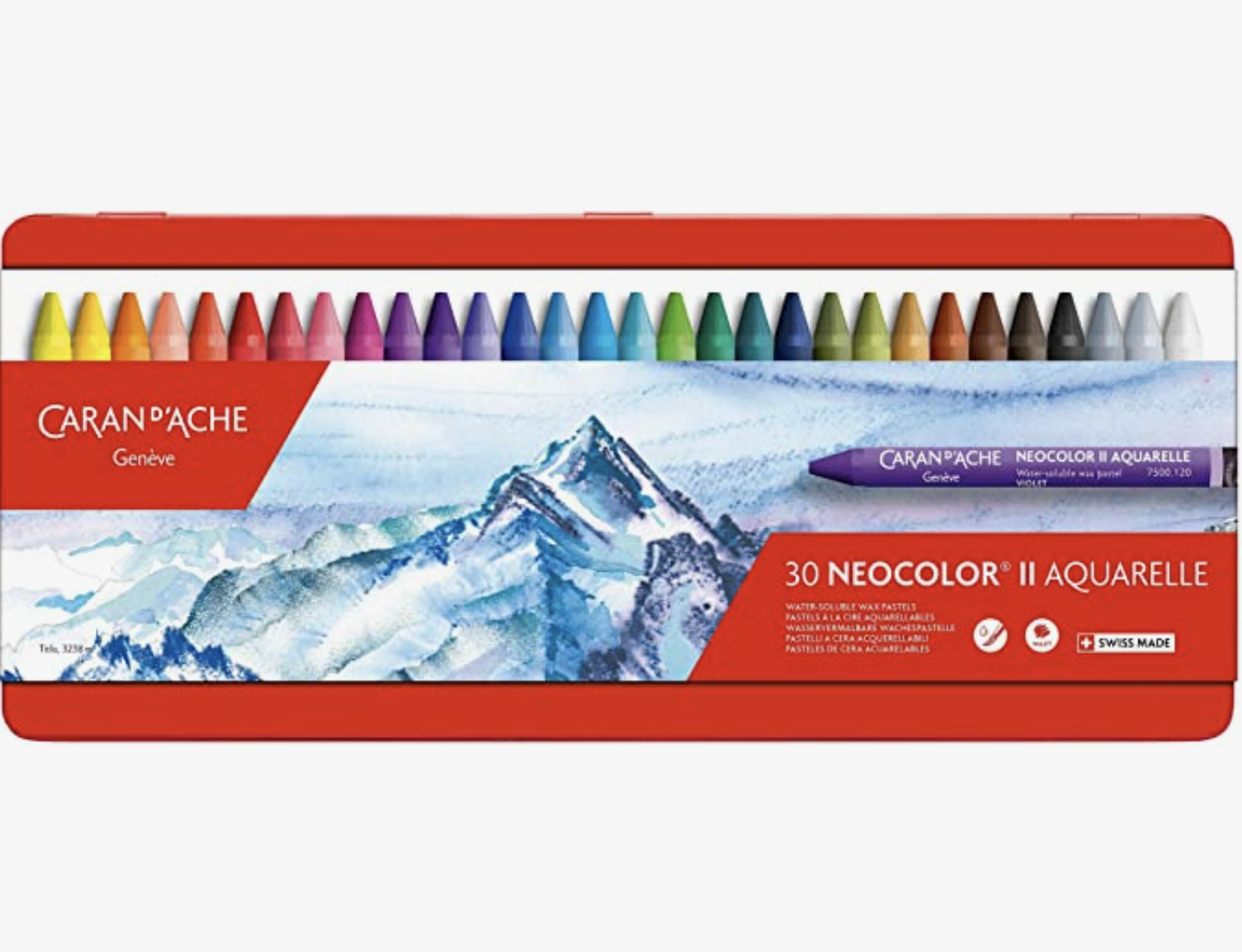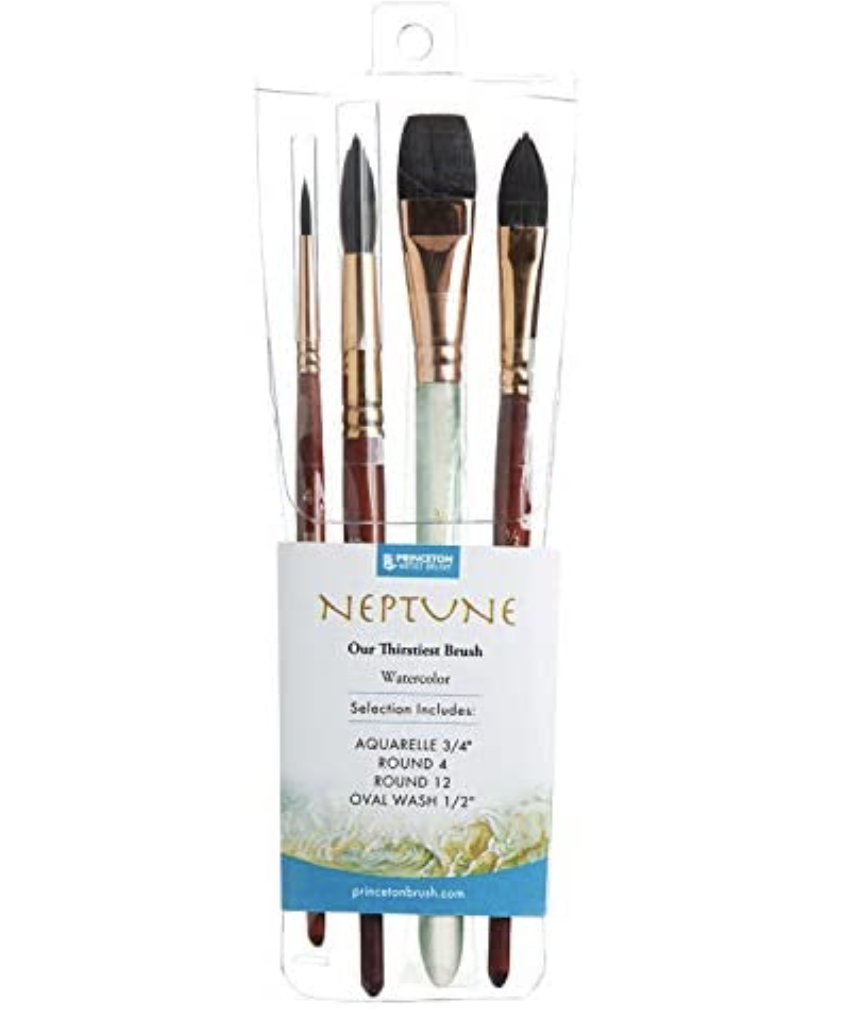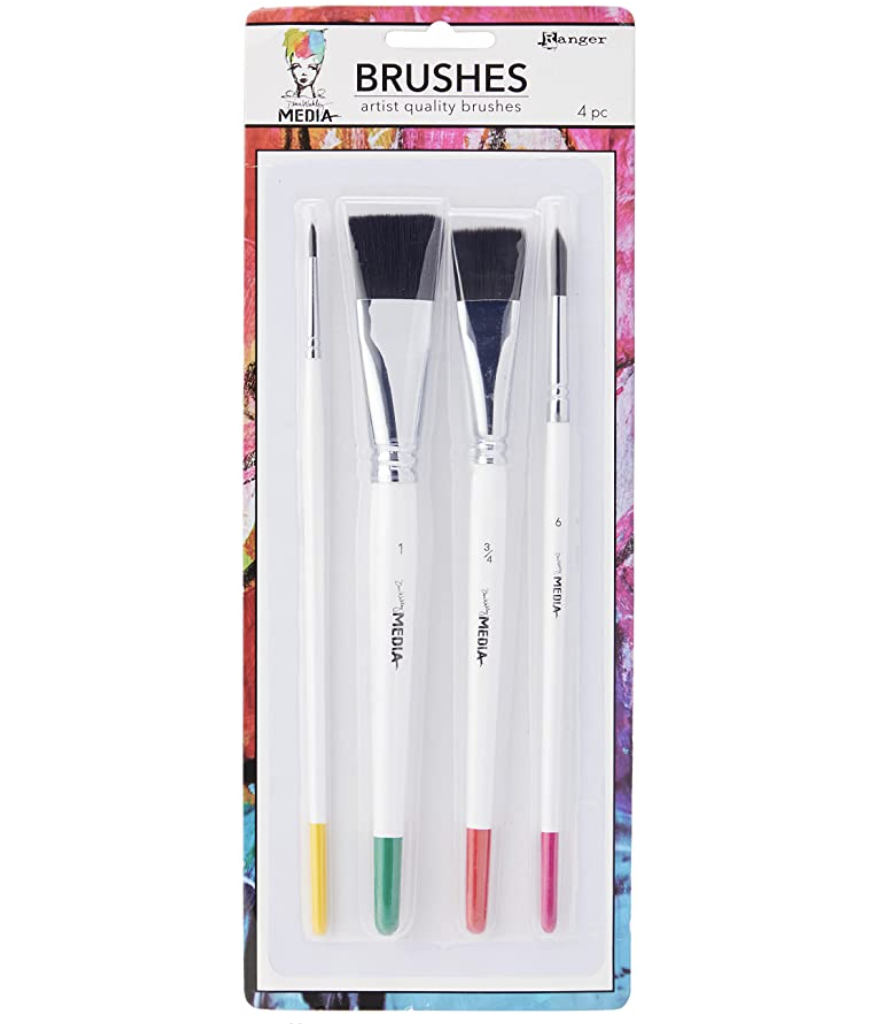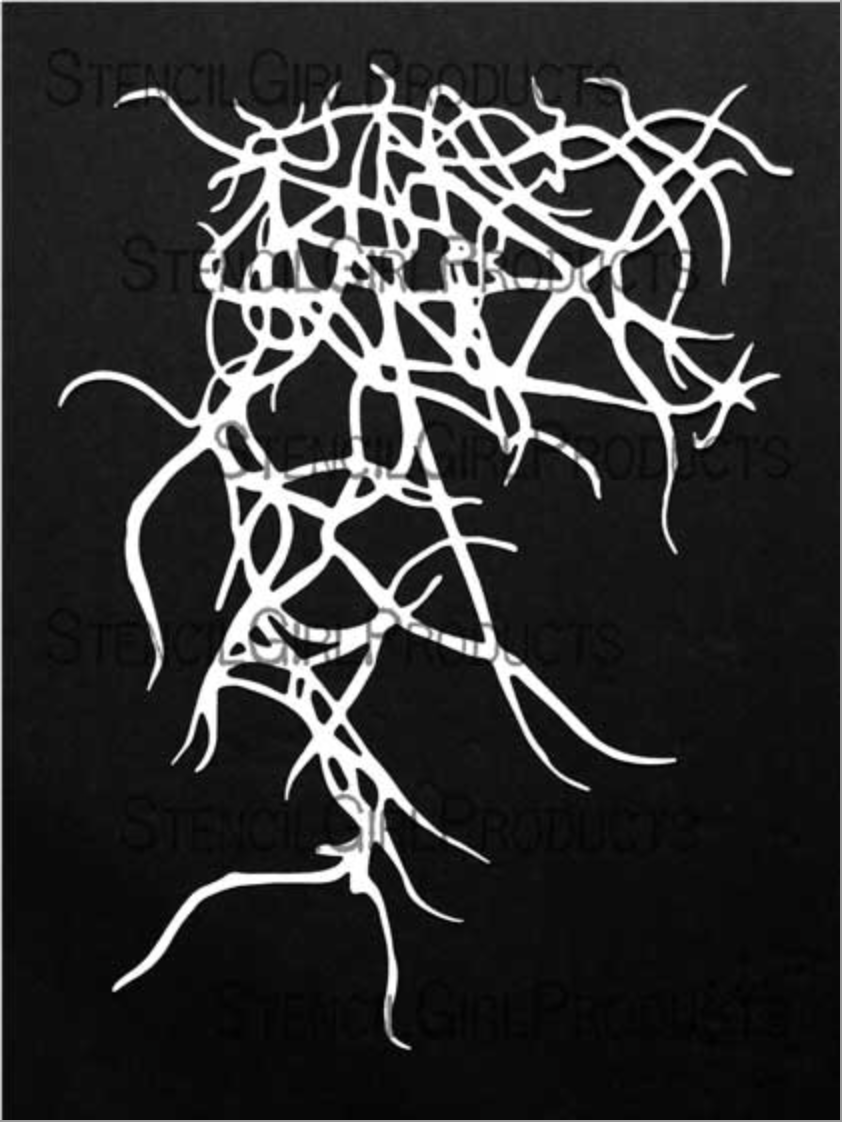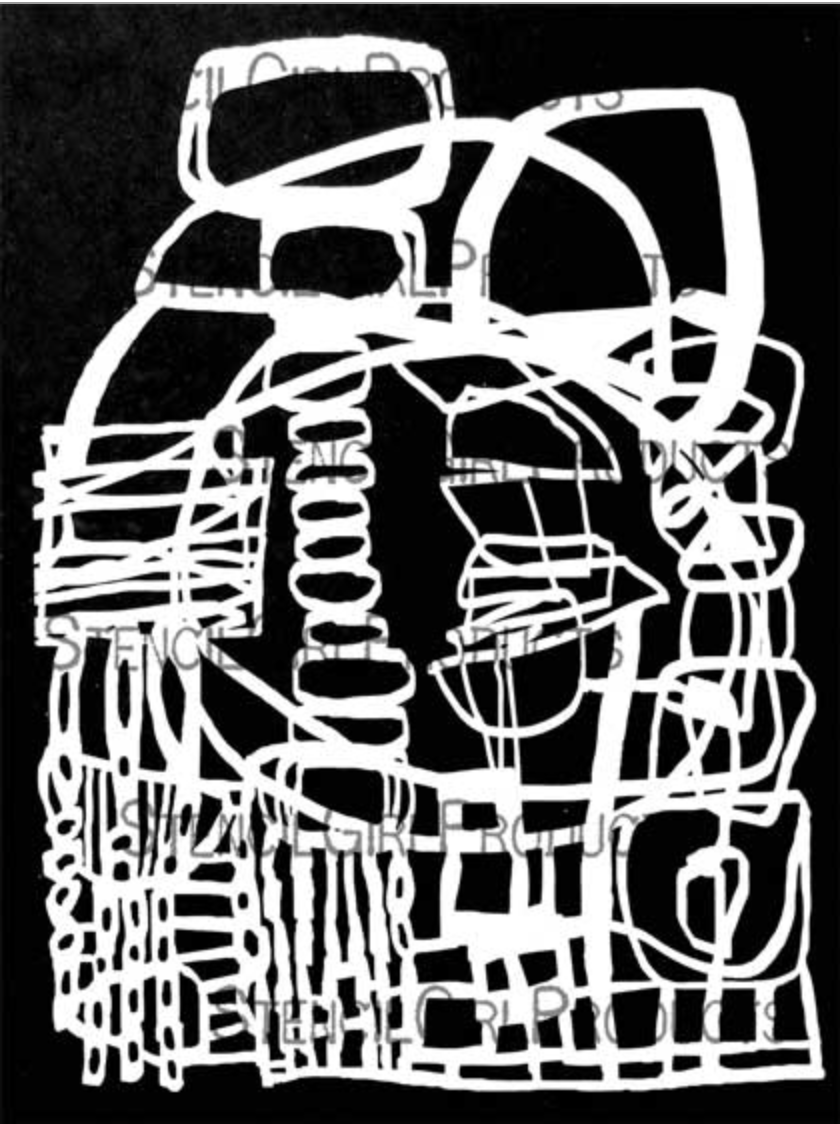Mark-making Supplies (Pastels, Pens & Pencils)
When it comes to mark-making supplies, I tend to purchase individual colours rather than big sets. This gives me the opportunity to try out a supply before committing to it in a big way. It also means I can handpick the colours.
Sometimes a set will come up with a great price and colour selection and then I’ll go for it but otherwise, I am happy to slowly add to my collection.
A few of my favourites are:
Sennelier Oil Pastels
Super creamy and a little sticky, I use these in moderation. Just little flourishes in the final layer of my paintings. The colours are incredible!
Shiva Oil Paintstiks
These oil sticks dry in about 2 days, so they are a great way to experiment with oil paint. I use these over the top of acrylic to add marks and areas of rich, creamy colour to my work.
Mungyo Semi-hard Pastels
While I love soft pastels, they smudge very easily. For the work I do, I prefer the ones that sit at the firmer end of the spectrum, such as these ones. Another option would be Prismacolor Nupastels.
Compressed Charcoal
Great for letting go, embracing the mess and getting ideas down fast. Lately, I’ve been experimenting with using charcoal in the backgrounds of my acrylic paintings. Now I really want to get some water-soluble graphite.
Caran d’Ache Neocolor II Crayons
Oh, how I love these! When used dry, you can make intensely pigmented marks. They aren’t as soft as oil pastels or as chalky as soft pastels, and if you add water to them, they turn into watercolour paint.
Derwent Inktense Pencils
Vibrant and versatile! They can be used dry to make bold marks or wet to make washes. I use them in a similar way to Neocolor II crayons but because they are pencils you can get finer lines and details.
Faber-castell Polychromos Pencils
These are new to my collection, and I feel like they might be the perfect coloured pencil, or at least for me! They blend easily but also sharpen to a nice point and work well over acrylic paint as long as the paint is not too glossy.
Posca Paint Pens
For fine line work, you can’t beat paint pens. I’ve tried many brands and always seem to come back to Posca. I mainly use the ultrafine 0.7 mm tip in black, gold, and white. If you are using these over the top of acrylic paint or watercolour, make sure the underneath layer is completely dry, or else you will clog up the pen tip. It is also good to store them flat.
Sakura Pigma Pens
I’ve never met a Sakura Pigma pen I didn’t like. These beauties are archival, waterproof, and don’t tend to smudge or bleed through pages. I use them mostly for drawing and doodling.
